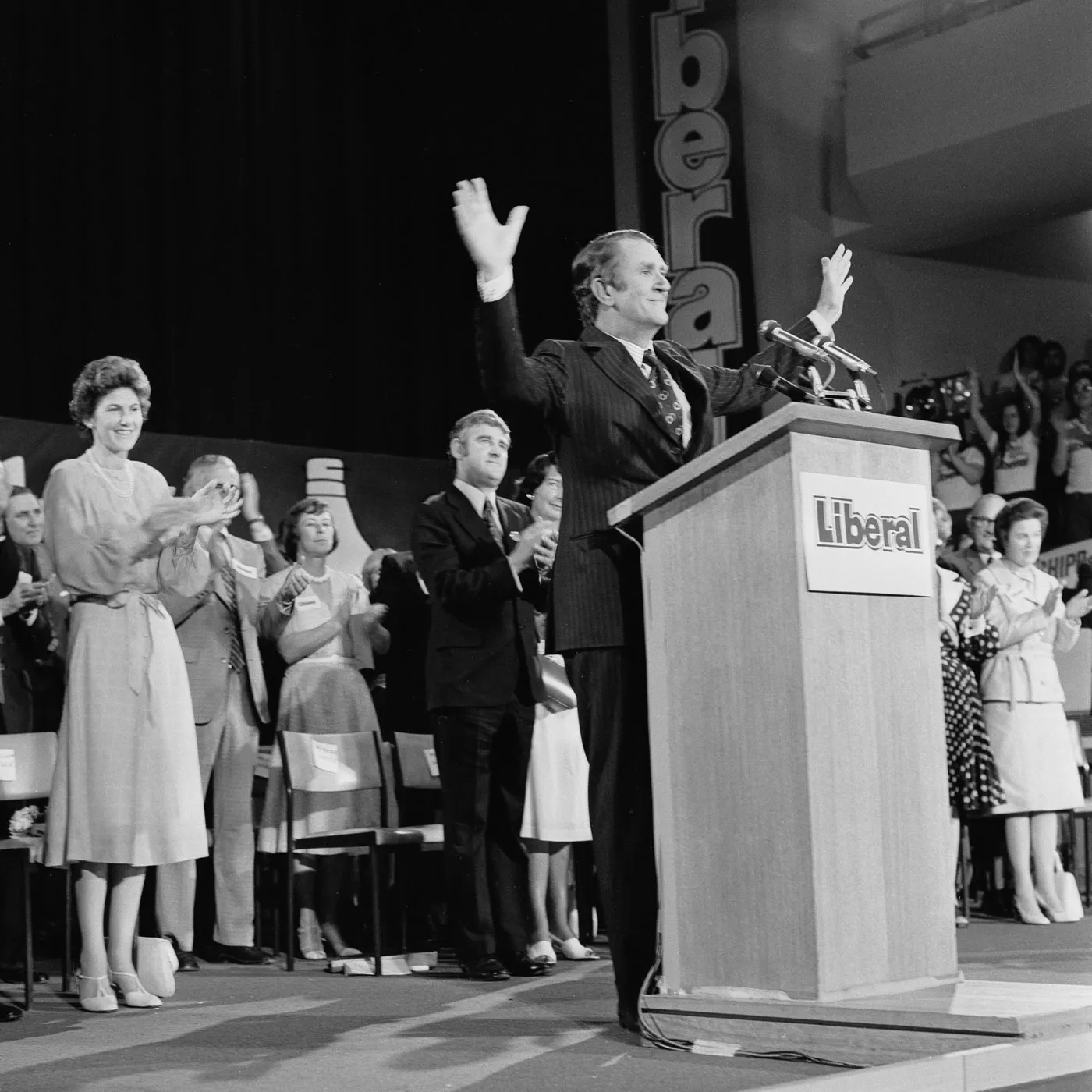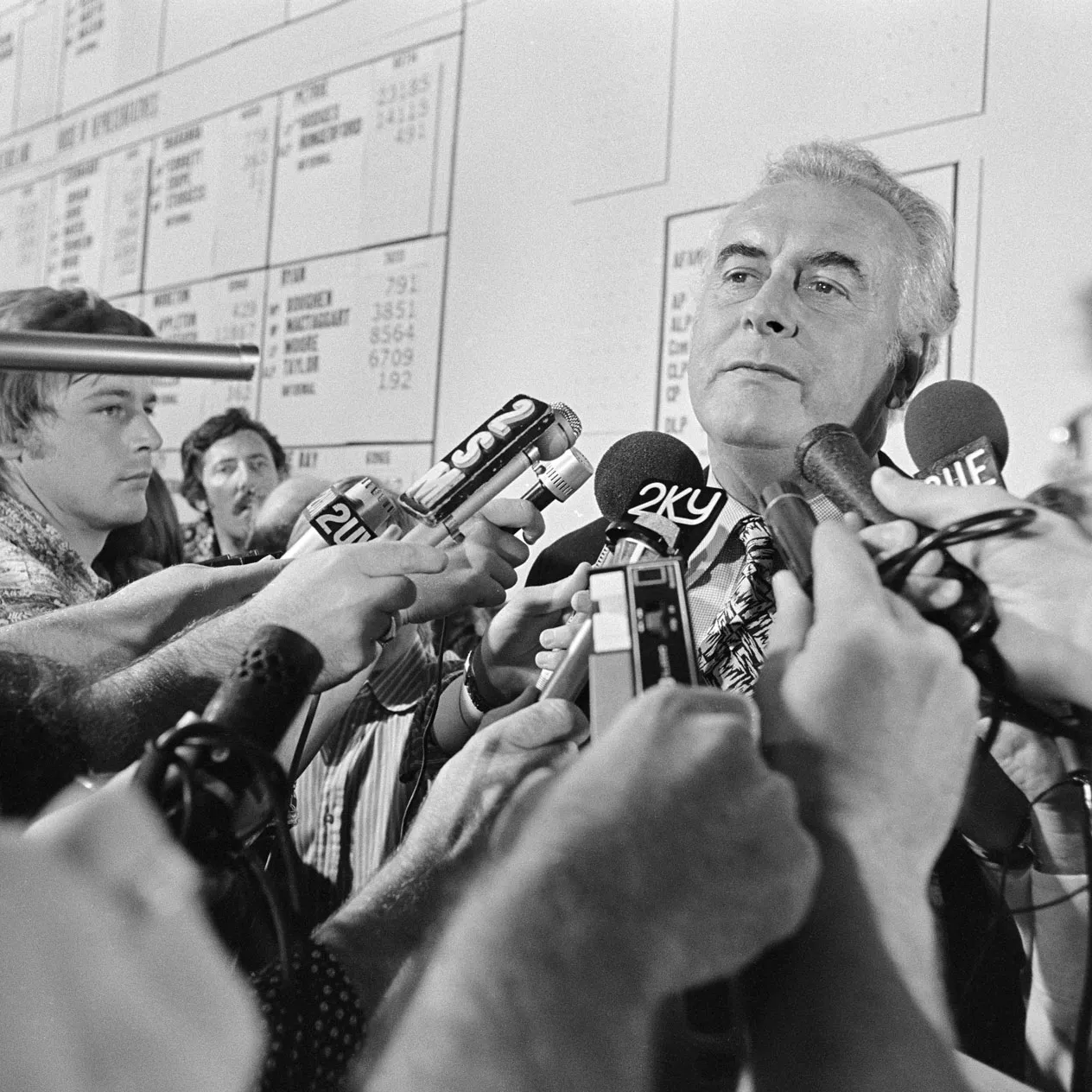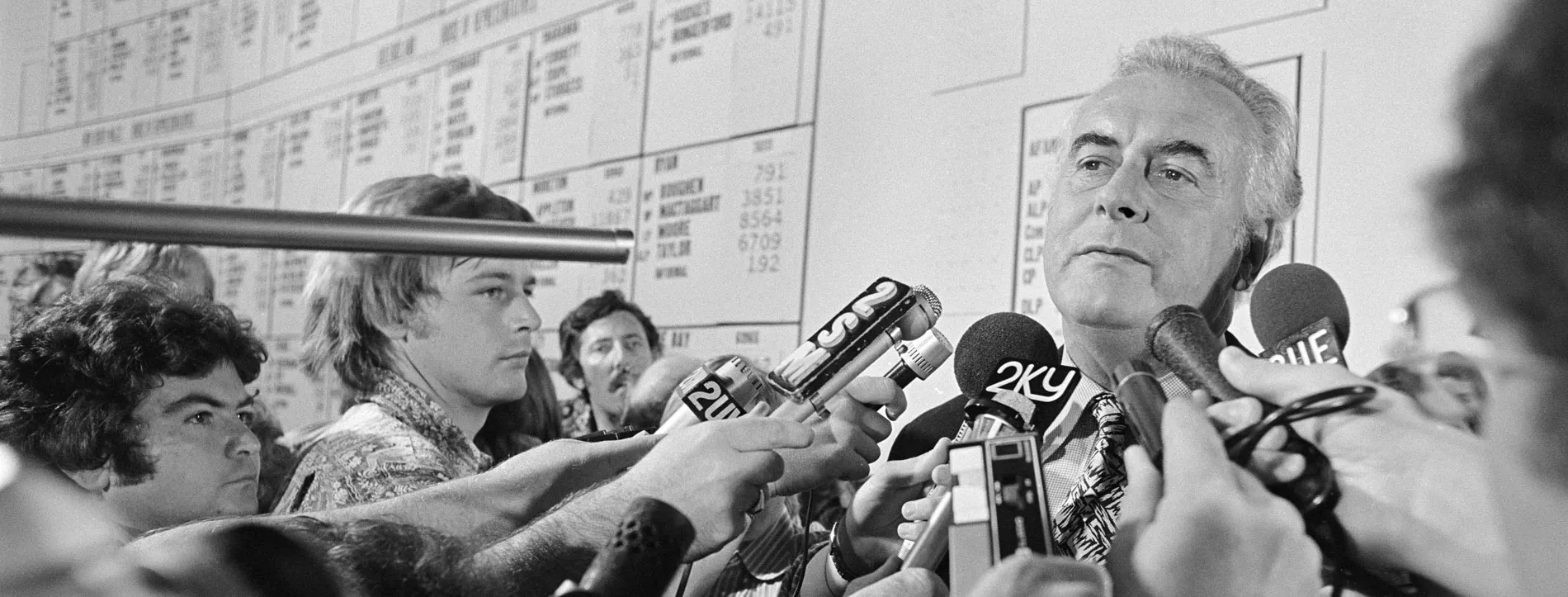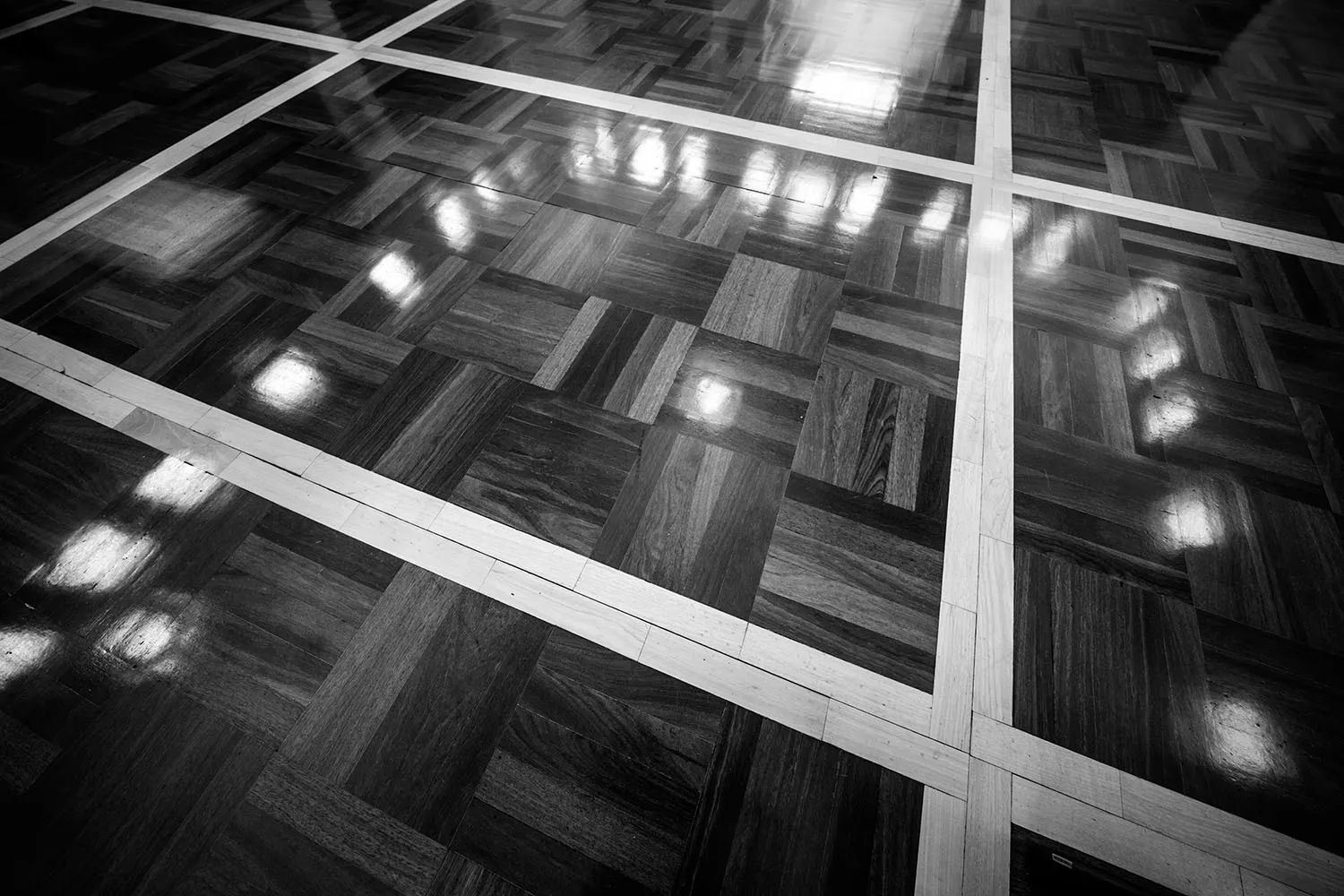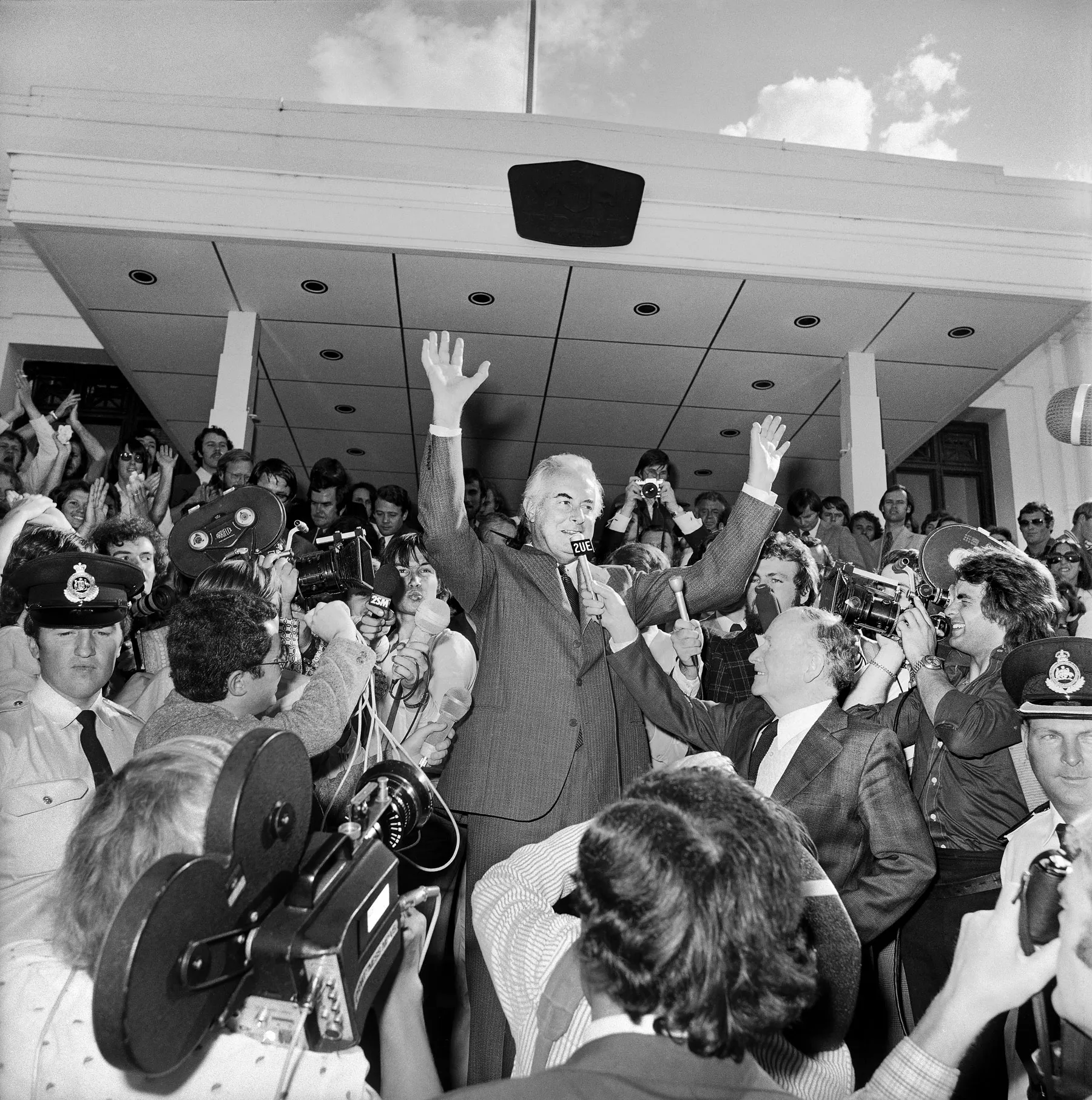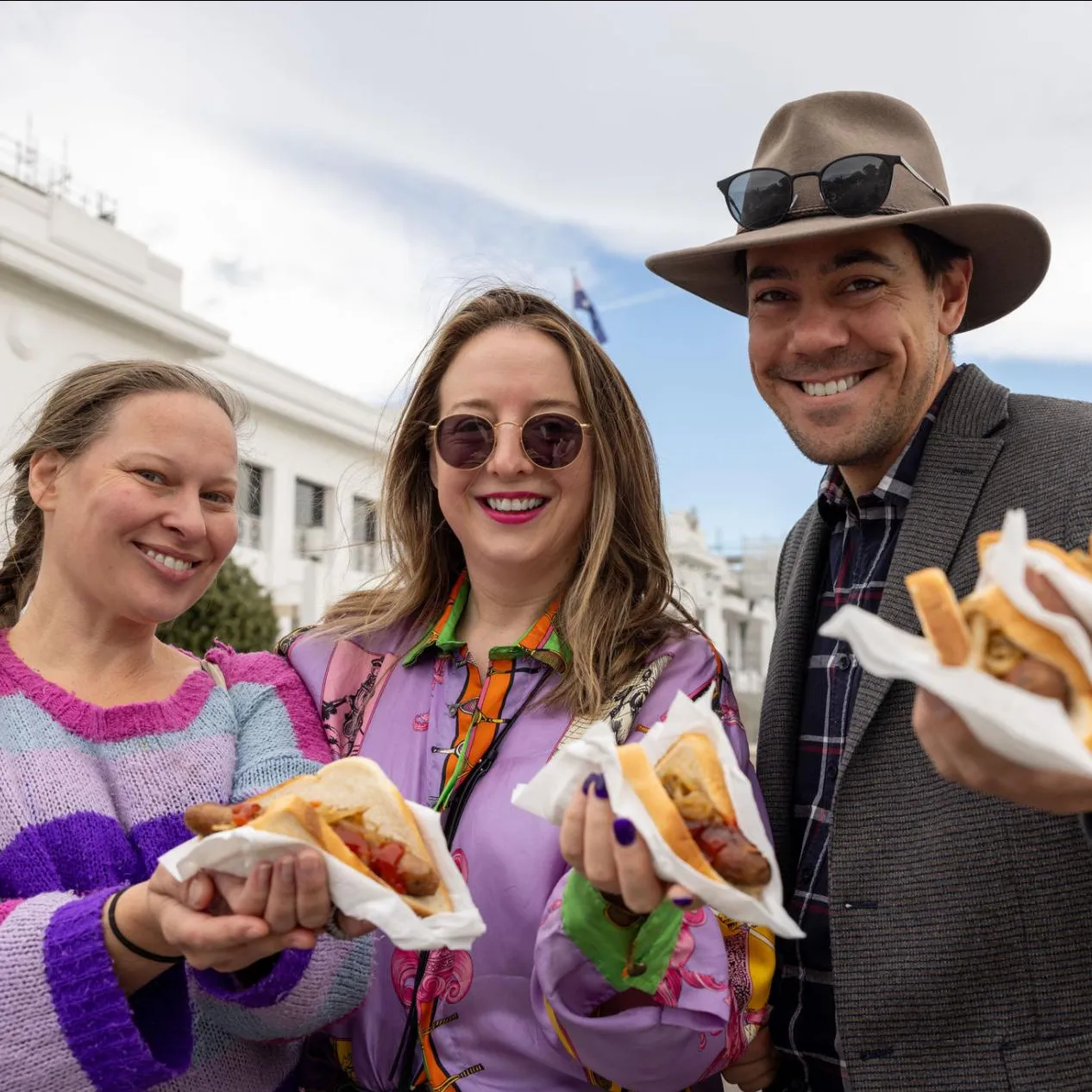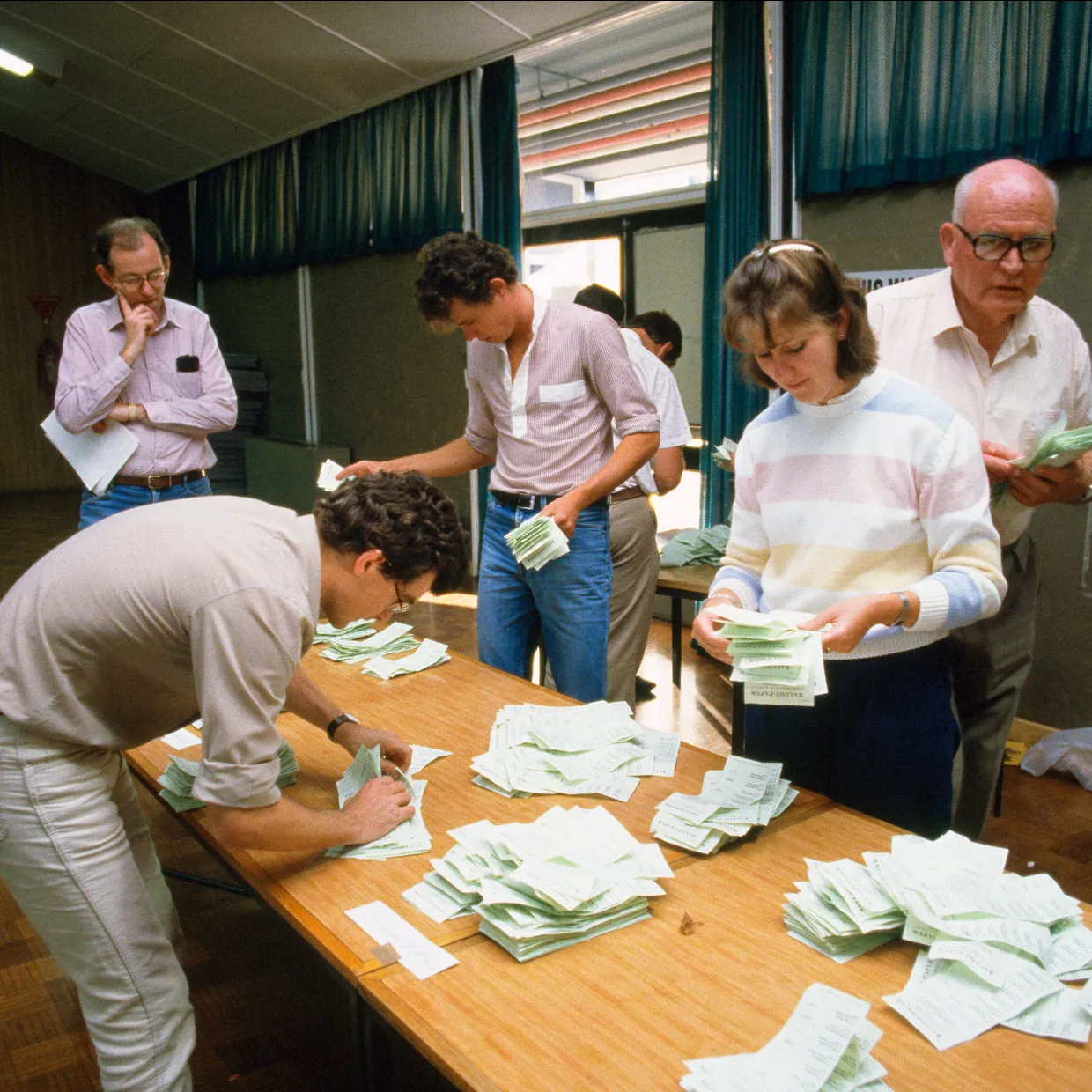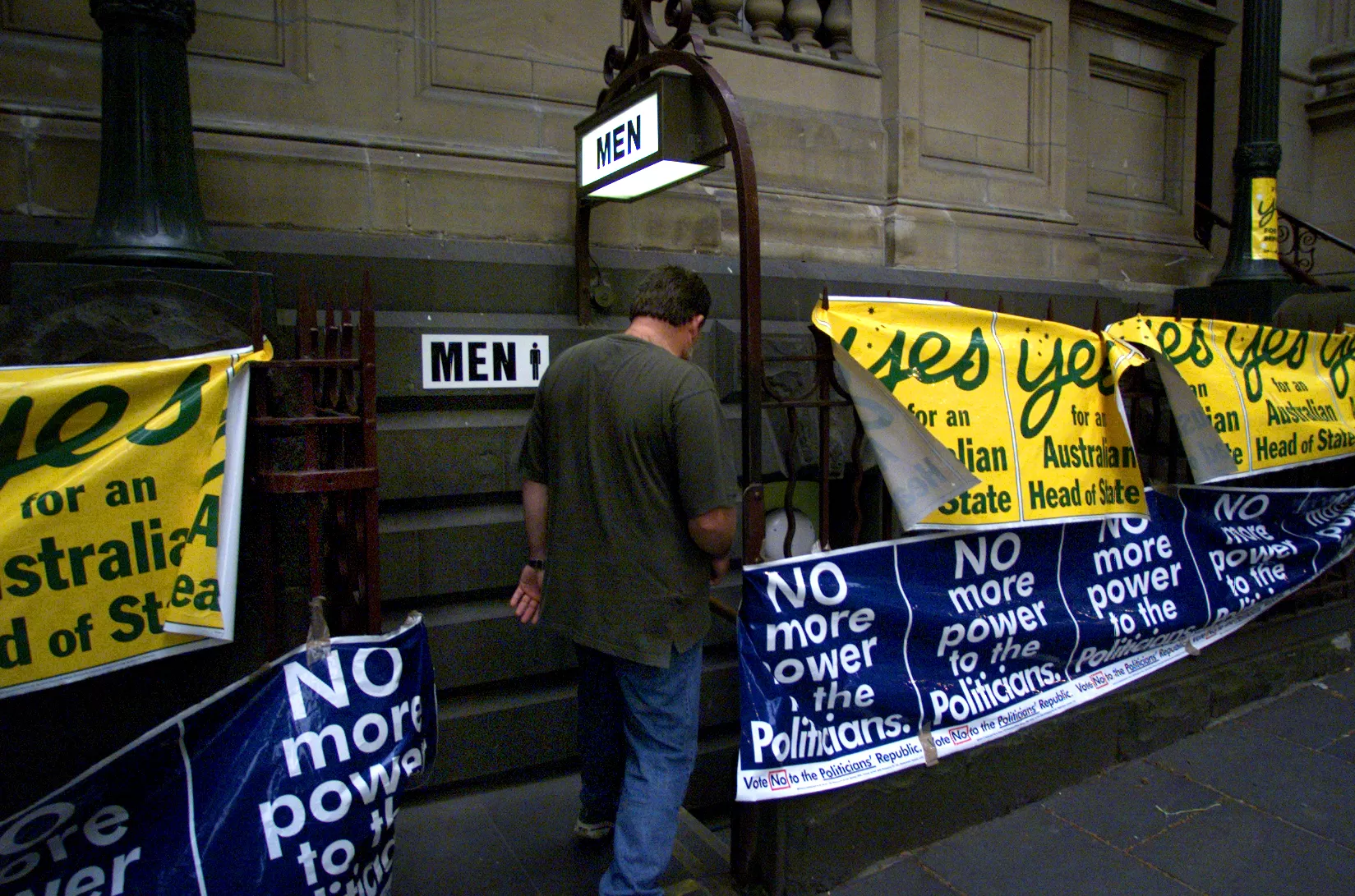1975 election
Everything you need to know about the 1975 double dissolution election.
Background to the 1975 election
On 11 November 1975, the Labor government of Gough Whitlam was dismissed from office by Governor-General Sir John Kerr, who appointed Opposition Leader Malcolm Fraser in his place. It is the first and only time, so far, an Australian prime minister and their government has ever been dismissed. With the Coalition using its numbers in the Senate to defer a vote on the budget, Kerr's action resolved the deadlock and, once the supply bills had been passed, both Houses were dissolved. A total of 21 bills had yet to pass the Senate, which was used as justification for a double dissolution. It was the fourth double dissolution in history, and the second in eighteen months.
Key dates
Parliament dissolved: 11 November 1975
Writs issued: 17-21 November 1975
Nominations closed: 28 November 1975
Election date: 13 December 1975
New parliament met: 17 February 1976
Parties and leaders
Liberal Party: Malcolm Fraser (Prime Minister)
National Country Party: Doug Anthony (Deputy Prime Minister)
Australian Labor Party: Gough Whitlam (Leader of the Opposition)
Campaign
One of Labor's campaign slogans was 'restore democracy'. The dismissal of the Whitlam government was the focus of campaign messaging, with an emphasis on what Labor believed to be the unjust and unconstitutional 'coup' conducted by Kerr and Fraser. Labor's messaging urged Australian voters to undo the dismissal by restoring Whitlam and Labor to office. However, by the end of the campaign, polls showed a dwindling number of voters declaring the dismissal as their top issue.
Liberal's campaign slogan was 'turn on the lights' and the Liberal–National Country Coalition correctly gambled that the outrage around the dismissal would fade in favour of more bread-and-butter issues. The Coalition's campaign lent heavily on the economic situation, including inflation, unemployment and taxation. Their platform contained a suite of economic pledges including reducing income tax, changes to tax law for small businesses, cutting 'red tape', exercising wage restraint, establishing a rural investment bank and reducing spending to reign in a growing deficit.
Labor's campaign did not make new pledges on the economic situation, pledging to return to the policies Whitlam and his government had been carrying out. They warned of the unknowns and vague details in the Coalition's platform.
1975 election speeches
'Let us all as Australians determine to restore prosperity, defeat inflation and provide jobs for all.' Continue reading Malcolm Fraser's 1975 election speech
'Are we to have governments elected by the people, through the People's House? Are elected governments to govern?' Continue reading Gough Whitlam's 1975 election speech
1975 election objects

Liberal Party how to vote card, 1975.
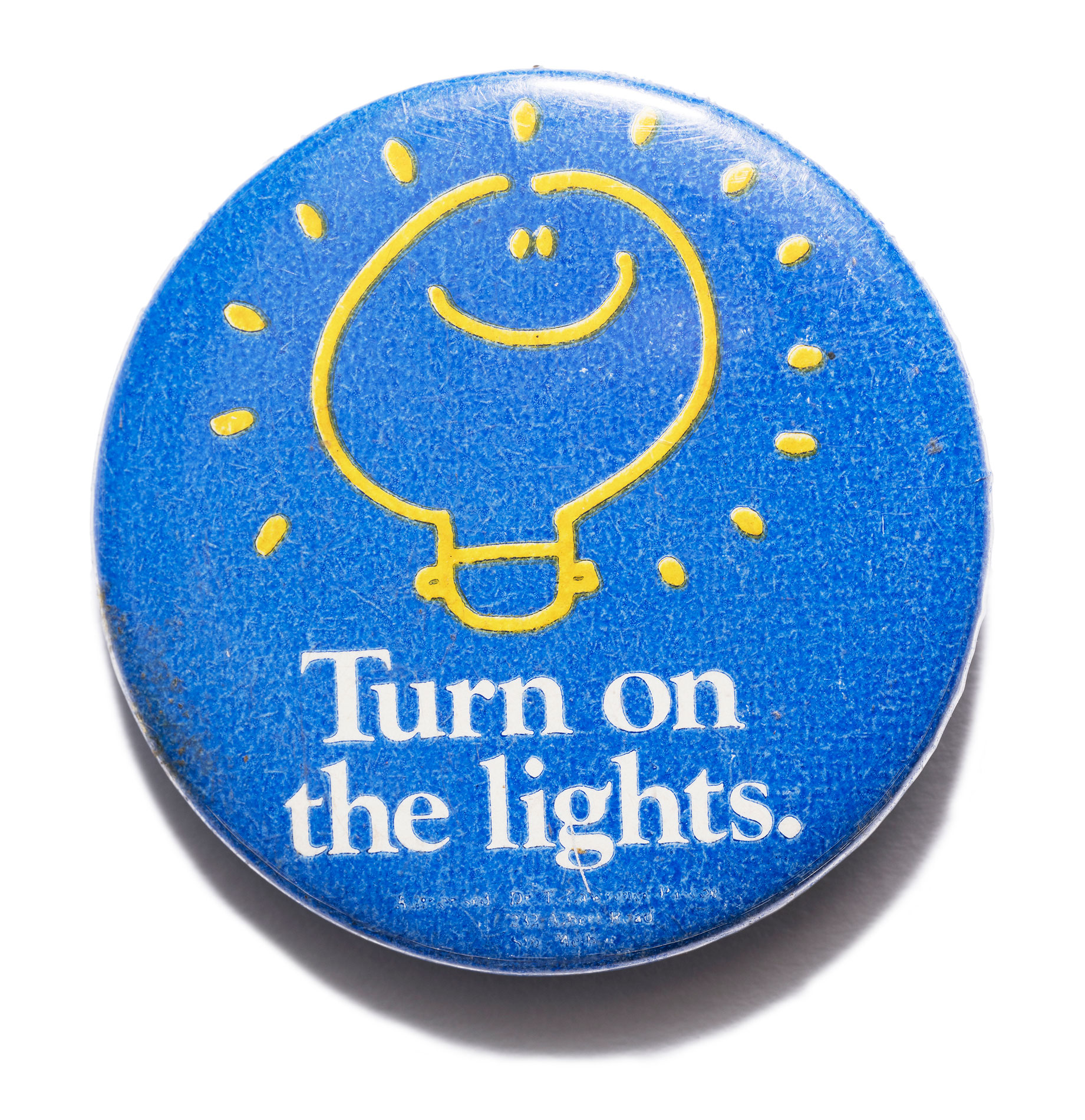
Campaign badge from the 1975 election, learn more.
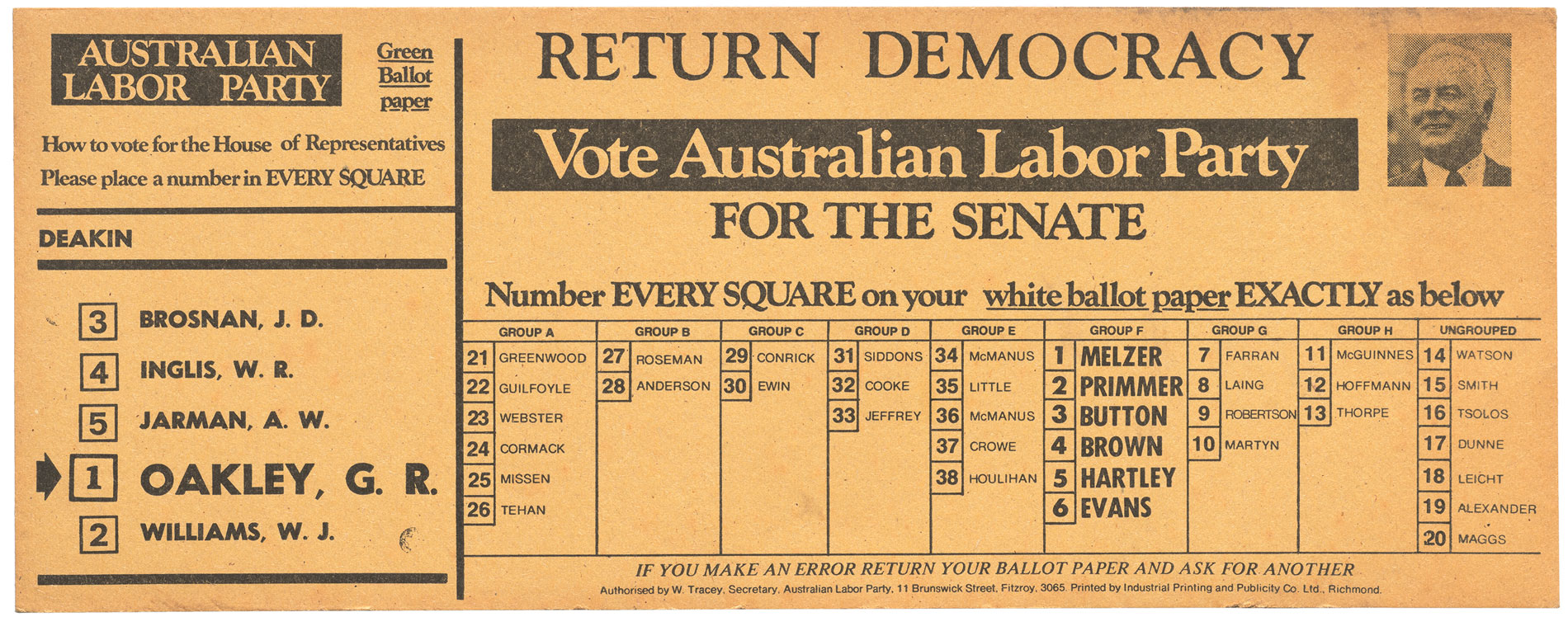
Australian Labor Party how to vote card, 1975.
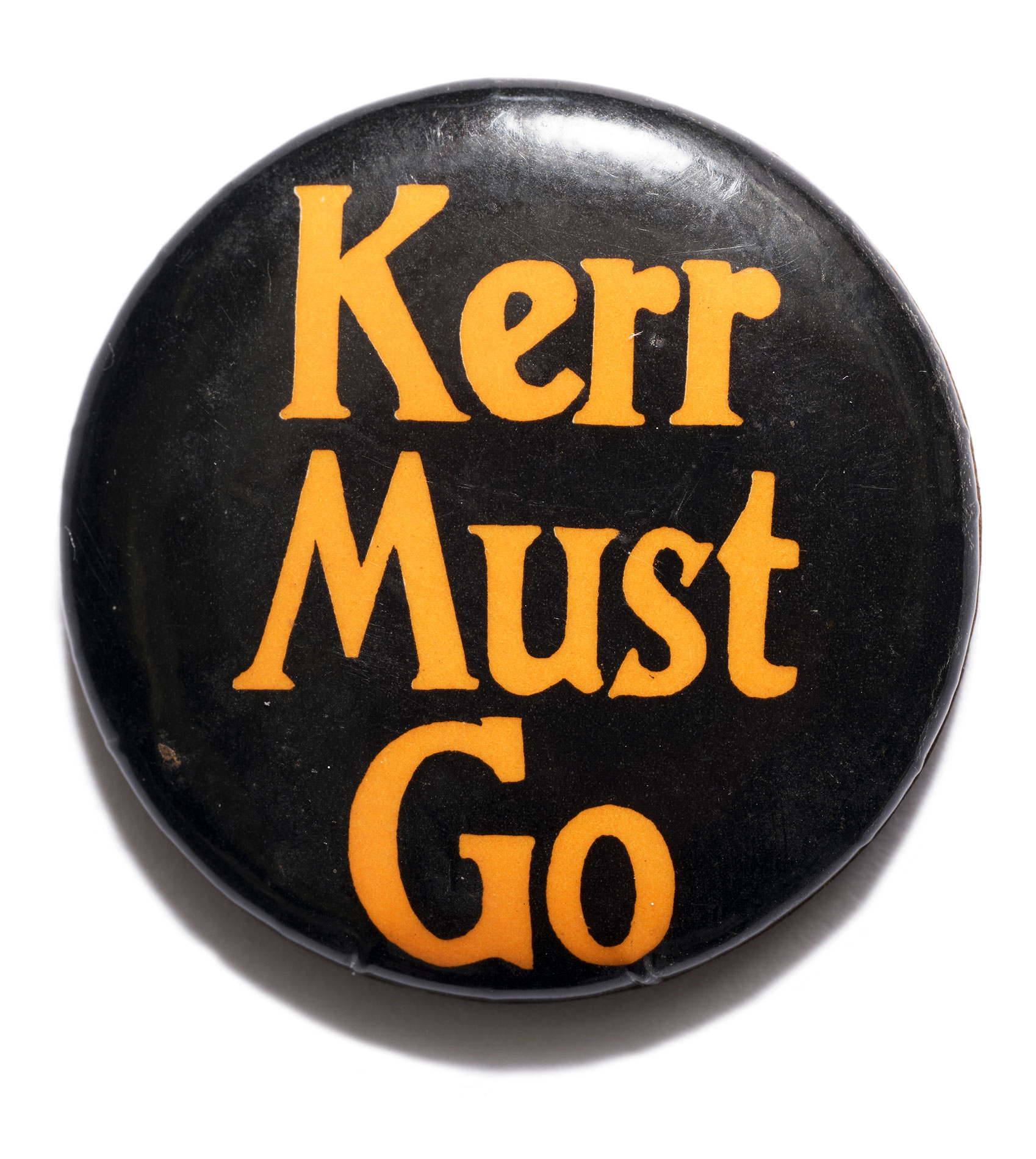
Campaign badge from the 1975 election, learn more.

1975 Labor campaign record in Greek, learn more.
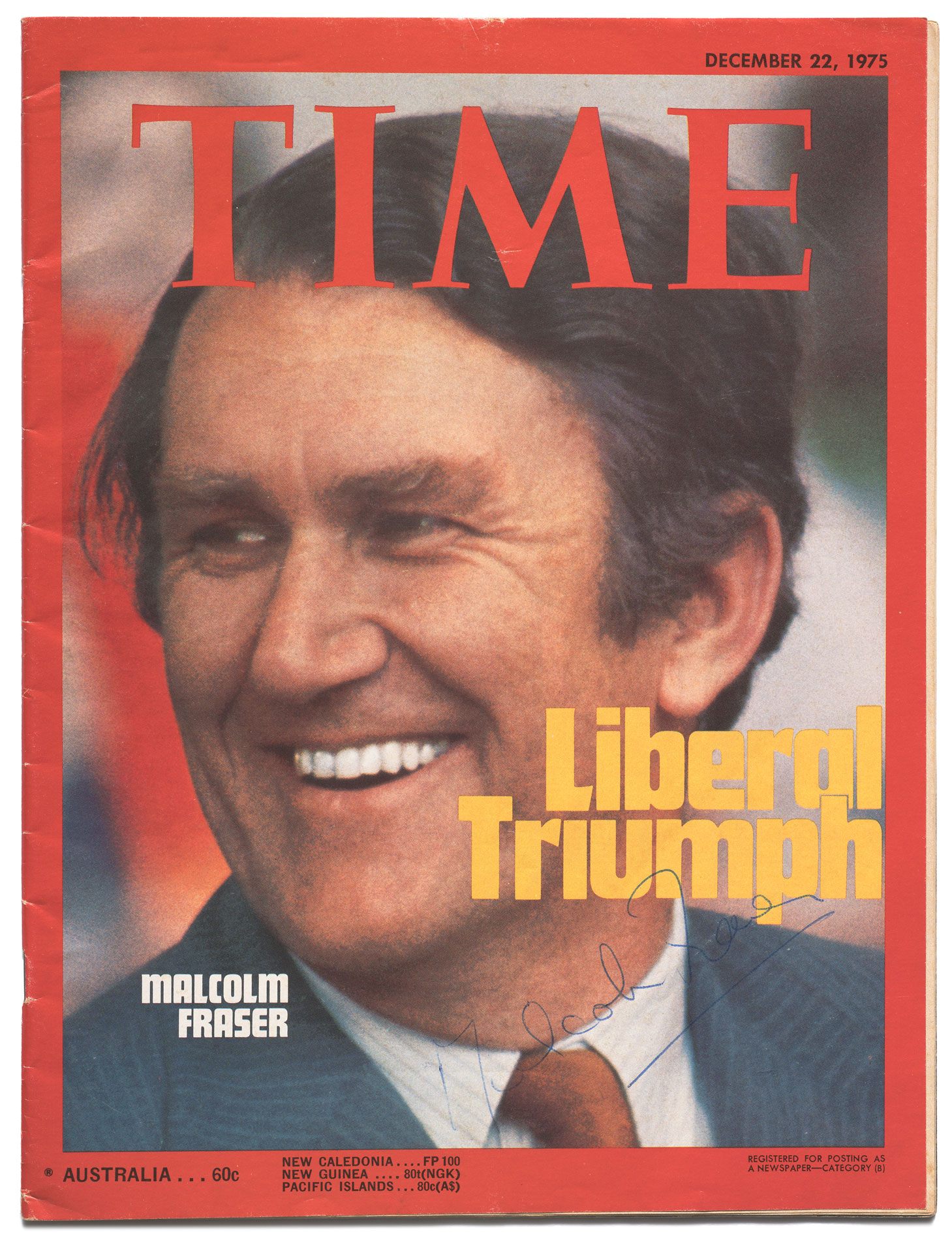
Time magazine featuring Malcolm Fraser, 1975.
1975 election results
Coalition landslide
The Liberal-National Country Party Coalition, led by Malcolm Fraser and Doug Anthony, won a landslide victory. The Coalition won just over 53% of the vote, and 55% of the two-party preferred vote. They won 91 seats in the 127-seat House of Representatives; it was the first time a government had won more than 90 seats, and more than two-thirds of the House's total number. The Liberal Party won 68 seats, which would have allowed it to govern in its own right if it had chosen to, but the Coalition was maintained.
'We've had the guts ripped out of us'
Labor lost almost half its seats, winning just 36, down from 66 in 1974. The damage was worst in Queensland and Western Australia, where Labor won only a single seat each, and Tasmania where it didn't win any at all. It was Labor's worst result since 1931. Notably, the defeat of Joan Child meant the new House of Representatives was entirely male. On election night, future leader Bob Hawke watched in horror as seat after seat fell to the Coalition and tearfully lamented 'We've had the guts ripped out of us'.

From left to right: Liberal's Billy Snedden with Labor's Bob Hawke and Nine's Michael Schildberger in the National Tally Room during the 1975 election.
Photograph NAA: A6135, K17/12/75/12
The Senate
The 1975 election was a double dissolution, and therefore the entire Senate was up for election, for the second time in eighteen months. The size of the Coalition's victory was reflected in the Upper House – of 64 senators, it won 35, ironically giving it the Senate majority that had eluded Labor for the past three years. The 1975 election saw the election of the first senators for the Australian Capital Territory (Susan Ryan, Labor and John Knight, Liberal) and the Northern Territory (Ted Robertson, Labor and Bernie Kilgariff, Country Liberal Party).
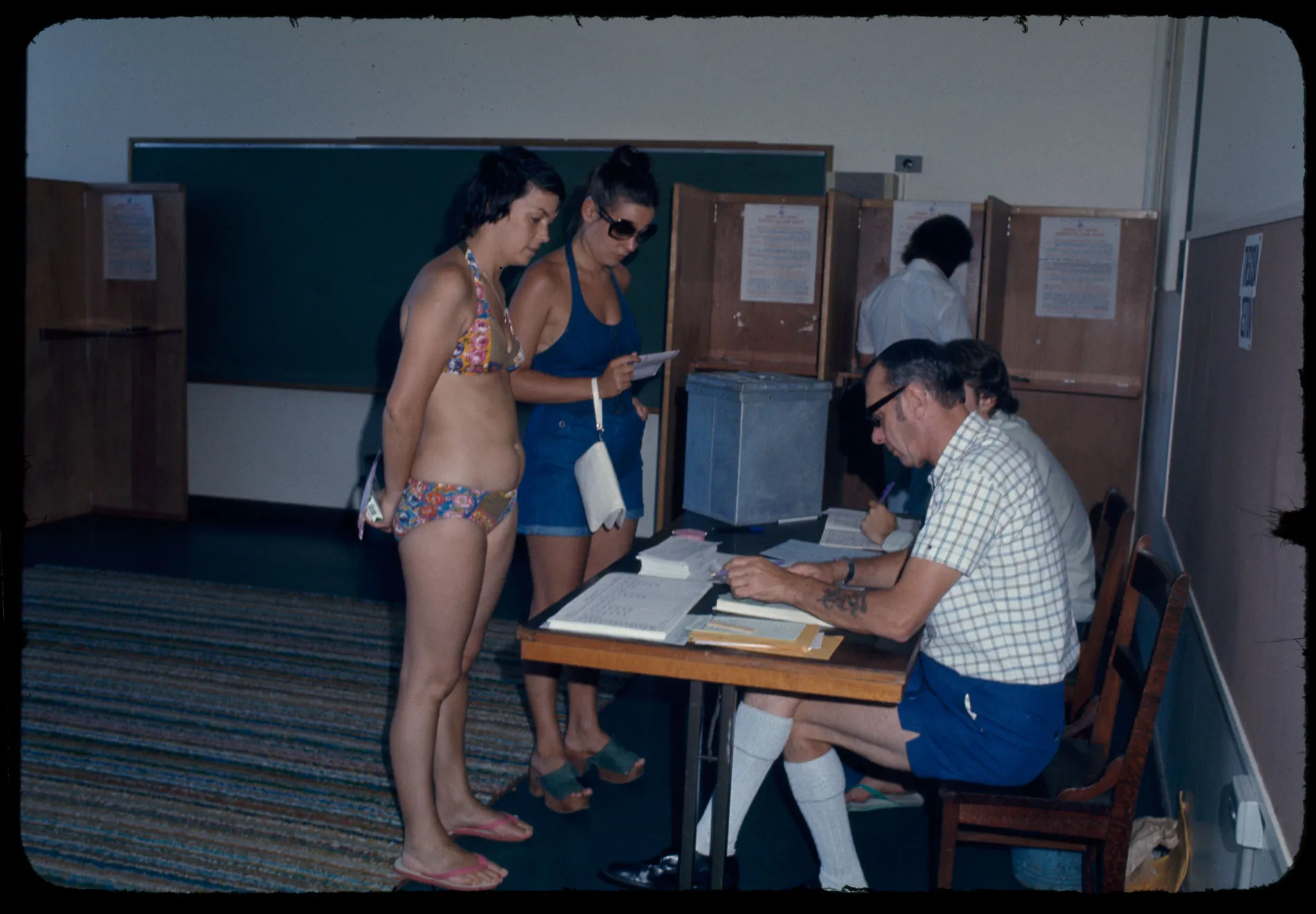
Australians vote in the 1975 election in Sydney.
Photograph NAA: A6135, K30/12/75/24
What happened after the 1975 election?
Confirmed in office by the electorate, Fraser formed a new government. The second Fraser Ministry was sworn in on 22 December by Governor-General Sir John Kerr, and continued until 1977. Whitlam was re-elected as Leader of the Labor Party on 27 January 1976, surviving a challenge from Lionel Bowen and Frank Crean. The new parliament convened on 17 February; Labor members, still reeling from the dismissal, boycotted the opening ceremony.

